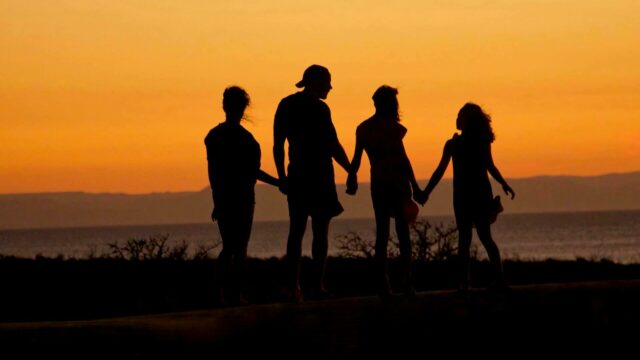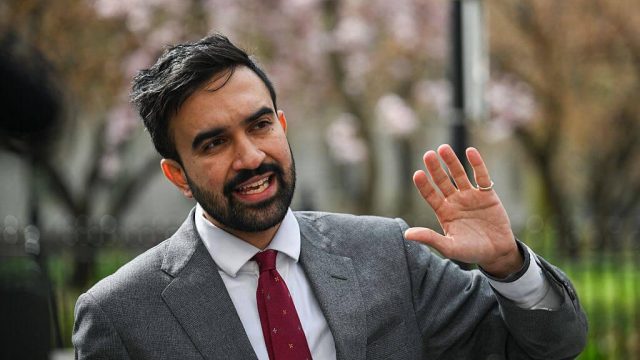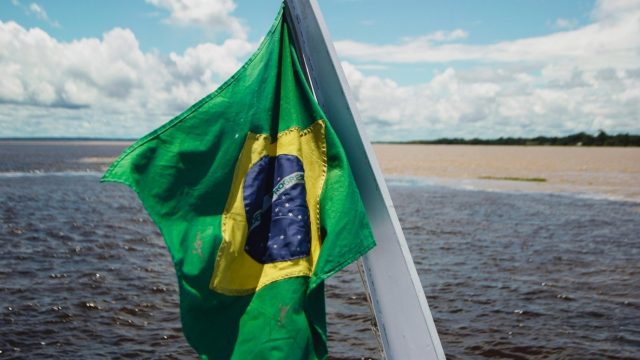"Sumaq Kawsay": Alternative development rooted in the wellbeing of humans and nature
An approach to development practice from the Indigenous cultures of the Andes that promotes ecological harmony
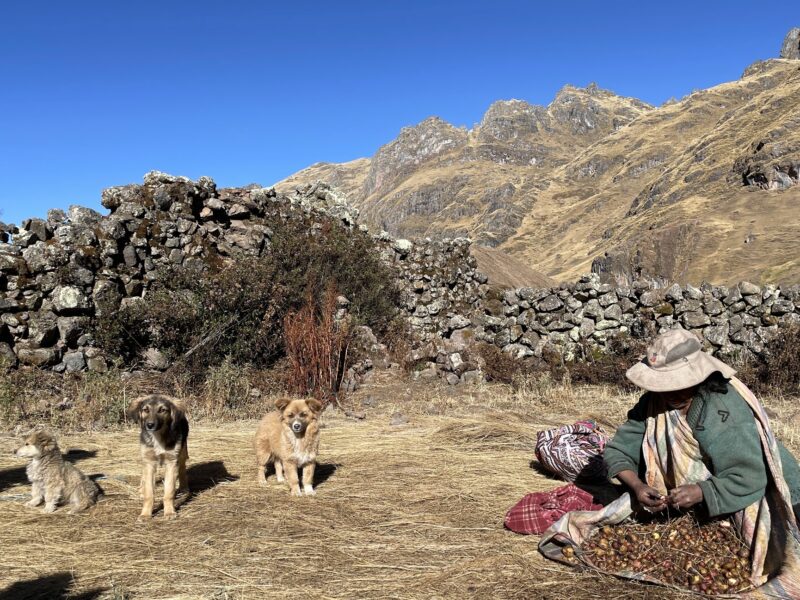
Across the world, people are questioning dominant narratives of social progress based on capital accumulation and natural resource extraction. In the context of growing inequality, social isolation, nature loss and near climate collapse, it is clear that our prevailing development systems are deeply flawed. Transformative change is needed, which begins with a shift in how we think about our place in the living world – since this shapes how we behave.1
The good news is that alternatives founded on ecological balance and harmony already exist, in the ancestral wisdom and practices of Indigenous Peoples. Alternatives redefine ‘flourishing’ to extend beyond the human, including the wider community of life we belong to – and depend on – for wellbeing. These alternatives acknowledge that all flourishing is mutual.2 They offer hope for a world embedded in relations of respect and reciprocity with nature.
Unearthing Alternatives
The concept of Buen Vivir or “Good Living” emerged from South America, questioning the prevalent economic development narratives and recognizing humans as part of the natural world. Diverse in its meaning and its application, Buen Vivir links with movements like deep ecology, feminist and post-development perspectives.3
Buen Vivir is a Spanish translation of the Quechan4 phrase “Sumaq Kawsay”, an approach to social, political and cosmological practice that promotes social and ecological harmony through respect for ancestral knowledge, rituals and ceremonies, reciprocity in society and with nature, and solidarity economies. While many do not consider Buen Vivir and Sumaq Kawsay to mean the same thing, both concepts encourage people to think differently about development.
In 2008, Ecuador integrated Buen Vivir into its constitution and national development plans, and Bolivia simultaneously adopted Buen Vivir as a guiding principle, declaring Mother Earth (la Pachamama) as an entity worthy of rights. But despite radical constitutional changes, Ecuador and Bolivia have failed to similarily restructure their economies to align with the principles of Buen Vivir.
Although the Peruvian state has not yet embraced the discourse of Buen Vivir, the concept provides a political platform through which Indigenous Peoples can express their need for self-determination and territoriality.5 The lack of state-led discourse creates more space for other actors, like NGOs and communities, to activate the concept for their own objectives.6
Sumaq Kawsay, embedded in Andean frames of reference, is encouraging people to think differently, imagining, and unearthing alternatives. Alliances are growing between Indigenous Peoples and NGOs in Peru, as they articulate ‘the good life’ from below, with the vitality of Mother Earth supporting them.
Harmonious Living in the Peruvian Andes
Sumaq Kawsay is still widely recognized in high Andean communities in Peru, but values and food systems are shifting, specially among younger generations, leading to the loss of traditional ecological knowledge and practices related to harmonious living.7 In a context shaped by powerful agri-food interests, work that revitalizes and restores practices associated with harmonious living aligned with local priorities is crucial.
The Indigenous NGO Asocación ANDES is helping defend the interests and lifeways of Quechua communities through the principles of Sumaq Kawsay and Biocultural Heritage (BCH), a concept which reflects the holistic indigenous worldview where knowledge and practices are collectively held and linked to biodiversity, territory, cultural and spiritual values and customary laws.8
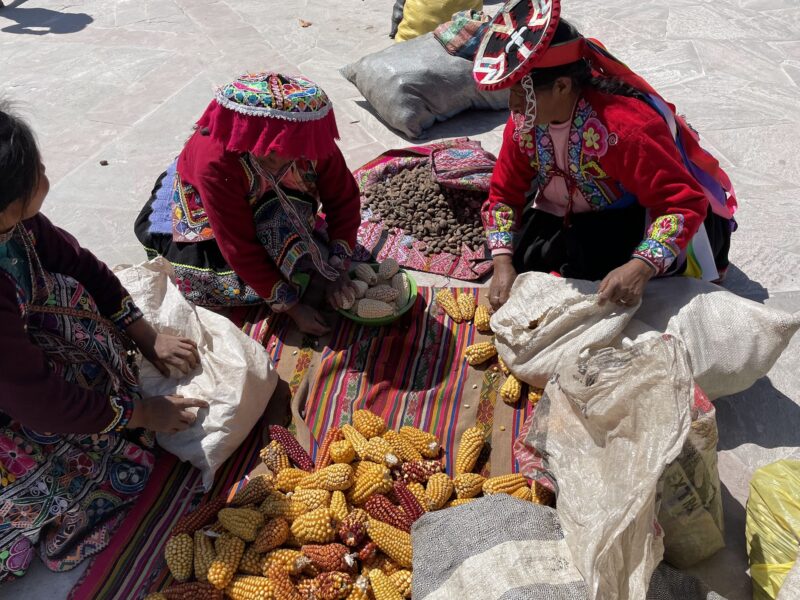
ANDES has helped to establish two Biocultural Heritage Territories: The Potato Park and the Chalakuy (barter) Maize Park which are conserved and governed by Quechua communities who live in close connection to the territory and ensure the protection of cultural and natural aspects.9
The cosmovision of Sumaq Kawsay sits at the center of this work, cultivating a biocentric ethic.10
Reclaiming Andean Economic Systems & Food Sovereignty
ANDES is working with communities to reclaim and revitalize Indigenous economic systems, food sovereignty, and agricultural practices and rituals that extend conceptualizations of well-being and sentience to include the non-human world. Sumaq Kawsay is expressed in daily life in the Potato Park and Chalakuy Park communities. Local technicians or “Tecnicos” speak about the Ayllu system, a system of life organization that recognizes the need for balance and harmony between 3 communities or ‘ayllus’ - the human and domesticated world, the wild (plants, animals, insects etc), and the sacred (eg. mountains, ancestors) - in order to achieve Sumaq Kawsay of all these beings.11 Tecnicos share this worldview with visitors, acknowledging an extended community of life, opening minds to different ways of being.
Through the chacra system, Andean families grow their food and practice collective work and reciprocal labor exchange (ayni). Reciprocity continues through the practice of barter that occurs weekly in the Chalakuy-Maize Park in which women exchange foods grown at different altitudes for nutrition. ANDES is working to revitalize barter in the Potato Park by facilitating barter exchanges, centering non-economized forms of social life, and defending food sovereignty. Food sovereignty, termed by La Via Campesina, acknowledges the rights of communities to their own food. The barter markets maintain traditional practices and values and the continuation of solidarity economies.
The lifeway of Sumaq Kawsay, harmony between all beings, is reaffirmed when communities come together to celebrate their visions of well-being as intertwined with the well-being of potatoes. One example is the ritual of Papa Huatay or “potato tying” which links potatoes’ bodies and spirit together, which takes place every year to pay homage to the Pachamama. ANDES is also extending interspecies respect through poetry contests that engage young community members, ensuring the continued sharing of traditional ecological knowledge and respect for alternative relationships with nature, and highlighting the agency of the non-human world.
“ Healing the relationship between humans and the natural world is possible through alternative worldviews that encourage us to think differently, inspiring reciprocity, balance, and respect.”
The coalition created between Quechua communities and ANDES articulates Indigenous economic and agricultural practices as practical, living alternatives to extractive development. The Potato Park has established a number of collective micro-enterprises which generate income but are guided by the values and principles of Sumaq Kawsay, ensuring balance with nature and equitable benefit-sharing. Through a basket of landscape based biocultural products and services, a mixed economy has been established which enables wildlife-rich subsistence farming and barter rooted in Andean values, to continue to thrive in a changing world.
The Potato Park and Chalakuy Park biocultural territories have enabled Quechua communities to protect their land and resource rights from mining. Their innovations and wellbeing concepts are now being shared through the International Network of Mountain Indigenous Peoples (INMIP), which is coordinated by ANDES and has members in 13 countries in Latin America, Asia and Africa. INMIP aims to establish a global network of biocultural territories rooted in alternative indigenous development models, and to advocate for policies that protect the rights and heritage of Indigenous communities.
Policymaking and the Rights of Nature
The importance of Indigenous knowledge and worldviews for nature conservation, agroecological food systems and climate adaptation has been recognized, but these still remain very marginal in national and global policy-making. Sumaq Kawsay articulates the need for a new kind of politics based on divergence or “cosmopolitics” which integrates alternative ways of knowing and being in the world, grounded in harmonious living with the Earth.
Buen Vivir and Sumaq Kawsay have impacted the rights of nature movement, which articulates rivers, mountains, and other entities of the natural world as worthy of legal personhood, shifting human-nature relations from dominance to respect, care, and interdependency.12 For instance, in 2017 The Whanganui River in New Zealand was granted legal personhood, granting it rights, protections, and legal liability.13 This legal win occurred only after hundreds of years of mobilizing for the rights of Maōri people and their worldviews.14
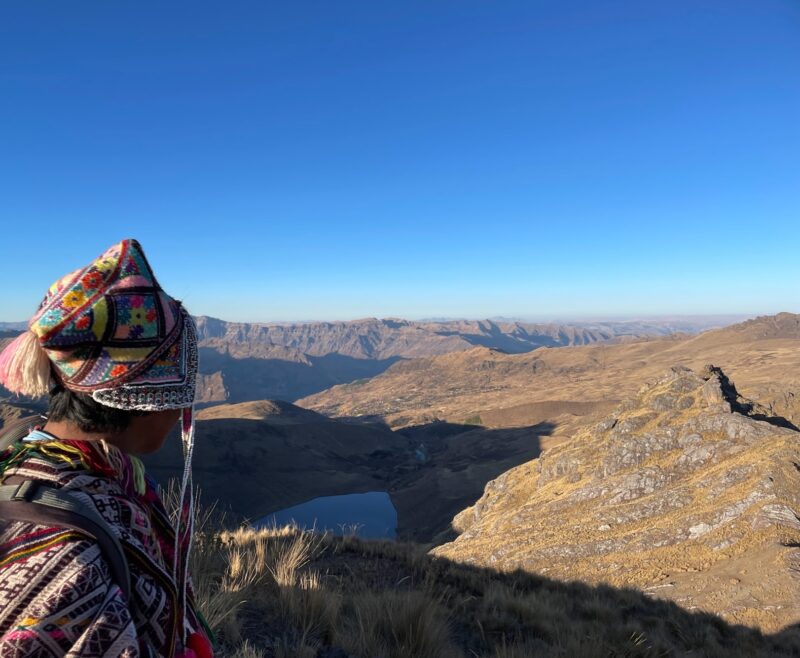
But it is not only Indigenous communities around the world that are demanding policy change and a recognition of their lifeways. Recently, in Ireland, community activists and NGOs came together to draft a declaration on the rights of River Shannon, which they recognize as a life-giving entity worthy of protection and rights.15
Healing the relationship between humans and the natural world is possible through alternative worldviews that encourage us to think differently, inspiring reciprocity, balance, and respect. Centering and valuing Sumaq Kawsay in the wider human community and in international policy processes is central to addressing systemic racism against Indigenous Peoples, the perils of agri-food systems, and the broken relationship between humans and the living world. When we can remember that we are a part of this living, breathing, ecosystem of life and that our well-being is interlinked with the well-being of all beings, we can move beyond development as we know it, and nourish plural alternatives that act in service of all life.
- Sammi Bennett is a Senior Research Fellow at the Samuel Centre for Social Connectedness; Krystyna Swiderska is a Principal Researcher at IIED.
Footnotes
Kimmerer, C. for H. and. (2013, October 1). Returning the Gift. Center for Humans and Nature. https://humansandnature.org/earth-ethic-robin-kimmerer/
Kimmerer, R. (2013). Braiding Sweetgrass: Indigenous Wisdom, Scientific Knowledge and the Teachings of Plants. Milkweed Editions.
Kothari, A., Salleh, A., Escobar, A., Demaria, F., & Acosta, A. (Eds.). (2019). Pluriverse: A Post-Development Dictionary (p. 384 Pages). Tulika Books.
Quecha is an indigenous language family spoken by the Quechua peoples, primarily living in the Peruvian Andes.
Merino, R. (2016). An alternative to ‘alternative development’?: Buen vivir and human development in Andean countries. Oxford Development Studies, 44(3), 271–286. https://doi.org/10.1080/13600818.2016.1144733
Hall, I. (2022). Sumaq Kawsay (Good Living) and Indigenous Potatoes. In Girard, F., Hall, I. & Frison, C. (Eds.) Biocultural Rights, Indigenous Peoples and Local Communities: Protecting Culture and the Environment. Routledge. https://doi.org/10.4324/9781003172642
Swiderska, K., Argumedo, A., Wekesa, C., Ndalilo, L., Song, Y., Rastogi, A., & Ryan, P. (2022). Indigenous Peoples’ Food Systems and Biocultural Heritage: Addressing Indigenous Priorities Using Decolonial and Interdisciplinary Research Approaches. Sustainability, 14(18), 11311. https://doi.org/10.3390/su141811311
An evolving concept | Biocultural Heritage. (n.d.). Retrieved April 5, 2023, from https://biocultural.iied.org/evolving-concept
Hall, I. (2022). Sumaq Kawsay (Good Living) and Indigenous Potatoes. In Girard, F., Hall, I. & Frison, C. (Eds.) Biocultural Rights, Indigenous Peoples and Local Communities: Protecting Culture and the Environment. Routledge. https://doi.org/10.4324/9781003172642
Angé, O., Chipa, A., Condori, P., Ccoyo, A. C., Mamani, L., Pacco, R., Quispe, N., Quispe, W., & Sutta, M. (2018). Interspecies Respect and Potato Conservation in the Peruvian Cradle of Domestication. Conservation and Society, 16(1), 30–40.
Huambachano, M. (2018). Enacting food sovereignty in Aotearoa New Zealand and Peru: Revitalizing Indigenous knowledge, food practices and ecological philosophies. Agroecology and Sustainable Food Systems, 42, 1–26. https://doi.org/10.1080/21683565.2018.1468380
Building Towards Recognition of the Nature Rights of the River Shannon | Department of Economic and Social Affairs. (n.d.). Retrieved August 20, 2023, from https://sdgs.un.org/partnerships/building-towards-recognition-nature-rights-river-shannon
Legal person. (2023). In Wikipedia. https://en.wikipedia.org/w/index.php?title=Legal_person&oldid=1169863096
A river in New Zealand legally becomes a person. (n.d.). Retrieved August 20, 2023, from https://wilderness-society.org/a-river-in-new-zealand-legally-becomes-a-person/
Building Towards Recognition of the Nature Rights of the River Shannon | Department of Economic and Social Affairs. (n.d.). Retrieved August 20, 2023, from https://sdgs.un.org/partnerships/building-towards-recognition-nature-rights-river-shannon
